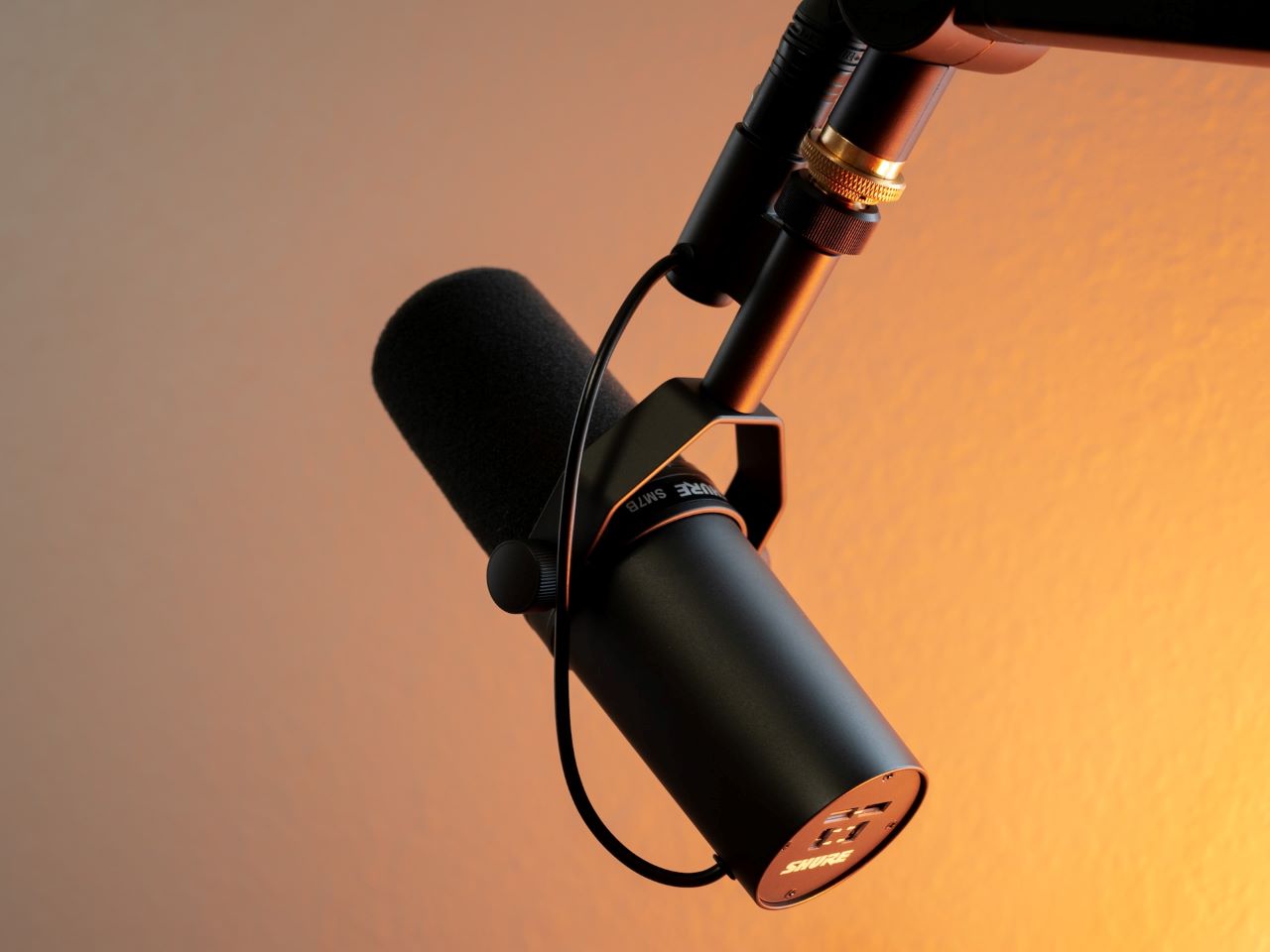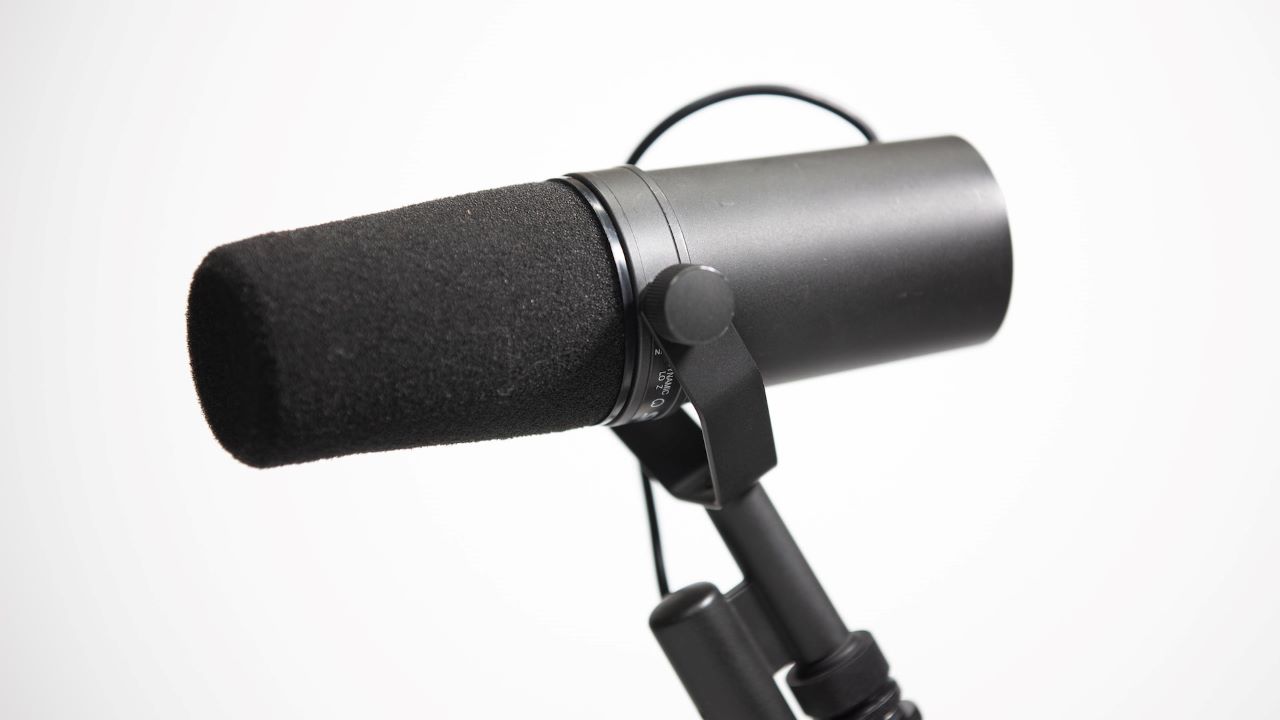The rise of these fakes is not just a minor inconvenience; it’s a significant problem that affects consumers and professionals on multiple levels. From the financial impact of purchasing a subpar product to the potential damage to equipment and reputation, the consequences of falling victim to a counterfeit can be severe. This article aims to arm you with knowledge and practical strategies to track outages and protect yourself in this deceptive market.
Understanding the landscape of counterfeit electronics is the first step in protecting yourself from fraud. We’ll explore what makes a product a counterfeit, the extent of the global counterfeit market, and the common characteristics that these fakes share. With this foundation, we’ll delve into the specifics, providing you with detailed insights on how to identify a fake Shure SM7B through visual inspection, performance testing, and verification processes with Shure.
By the end of this article, you’ll be equipped with the tools and understanding necessary to ensure that when you invest in a Shure SM7B, you’re getting the real one. Let’s start by peeling back the layers of the counterfeit problem and setting the stage for informed purchasing decisions.
Related: Best Microphones For Recording in Podcasting
Understanding Counterfeits
In the realm of high-quality electronics, the presence of counterfeits is a serious issue. Counterfeit products are unauthorized replicas that aim to deceive buyers, often made with cheaper materials and lacking the performance of genuine items. They can be identified by their too-good-to-be-true prices, discrepancies in packaging, incorrect or missing serial numbers, and lack of proper warranty support.
What Constitutes A Fake Product?
A fake product is essentially an imitation that is often of lower quality in terms of materials and performance. Key indicators include:
- Substandard materials
- Suspiciously low prices
- Packaging anomalies
- Incorrect serial numbers
- Absence of warranty
The Global Counterfeit Market

Photo by Chris Lynch on Unsplash
Counterfeit electronics are a significant part of the global counterfeit market, which not only impacts the economy but also poses safety risks. The OECD estimates counterfeits make up a notable portion of world trade.
Common Characteristics Of Counterfeit Electronics
To spot counterfeit electronics, look for:
- Inaccurate branding
- Missing documentation
- Subpar performance
- Poor build quality
- Sales from unofficial vendors
With a concise understanding of counterfeits, we can now focus on identifying a fake Shure SM7B specifically.
Identifying A Fake Shure SM7B
The Shure SM7B microphone has become an industry standard, and its popularity has, unfortunately, made it a target for counterfeiters. Knowing how to spot a fake is crucial for anyone looking to invest in their audio equipment. Here’s how you can identify a counterfeit Shure SM7B.
Visual Inspection: Spotting The Differences
A detailed visual inspection is often the first step in identifying a counterfeit Shure SM7B. Here are some things to look out for:
- Branding and Logos: Check the Shure logo carefully. Authentic logos are precise, with correct font and spacing. Counterfeits may have logos that are slightly off in color or font style.
- Build Quality: The Shure SM7B is known for its solid construction. If the microphone feels unusually light or has parts that seem flimsy or poorly attached, it’s a red flag.
- Serial Number: Genuine Shure microphones have a serial number that can be registered on the Shure website. If the serial number is missing, or if it doesn’t check out on their official site, the product is likely a fake.
- XLR Connector: Inspect the XLR connector for any signs of poor craftsmanship. Authentic Shure products have high-quality connectors with no misalignment or gaps.
- Windscreen and Hardware: The windscreen on a genuine Shure SM7B fits snugly and is made of high-quality foam. Counterfeits may have a loose or ill-fitting windscreen. Also, the hardware such as screws and the yoke mount should feel sturdy and move smoothly, ensuring that you can maintain Google services effectively with your audio equipment.
Performance Testing: Sound Quality And Durability

Photo by Chris Lynch on Unsplash
The true test of a Shure SM7B is in its performance. Counterfeit microphones often fall short in sound quality and durability:
- Sound Quality: An authentic Shure SM7B delivers a flat, wide-range frequency response and clean sound. If the audio is distorted, lacks bass response, or has an unusually high level of noise, it may be counterfeit.
- Durability Test: Genuine Shure microphones are designed to withstand professional use. If the microphone shows signs of wear and tear quickly or fails to perform consistently, question its authenticity. This is essential to measure audience engagement and site statistics to understand the impact of your content.
Verifying Authenticity With Shure
If you’re still in doubt about the authenticity of your Shure SM7B, the most definitive step is to verify it with Shure:
- Customer Service: Reach out to Shure’s customer service with the serial number and purchase details. They can confirm whether the microphone is genuine.
- Authorized Dealers: Purchase your microphone from authorized dealers. Shure’s website provides a list of official retailers, which is a critical step to deliver and maintain Google services with confidence.
- Warranty Registration: Attempt to register your microphone for warranty on the Shure website. A genuine product will be accepted, while a counterfeit will not. This process helps to develop and improve new products and services.
By taking these steps to inspect and test a Shure SM7B microphone, you can protect yourself from the pitfalls of counterfeit products and ensure that you’re investing in the quality and performance that genuine Shure microphones provide.
Conclusion
The battle against counterfeit Shure SM7B microphones is not just about preserving the integrity of a brand but also about protecting consumers from the disappointment and potential hazards of substandard products. By educating ourselves on the hallmarks of authenticity and remaining vigilant, we can ensure that our investments in audio equipment yield genuine, high-quality returns.
Remember to conduct thorough visual inspections, perform sound quality checks, and engage with Shure’s customer service for verification. With these tools at your disposal, you can confidently navigate the market, secure in the knowledge that you can spot and avoid counterfeit Shure SM7B microphones, and show personalized ads depending on your genuine, high-quality content.
Related: Why Is My Shure SM7B So Quiet?